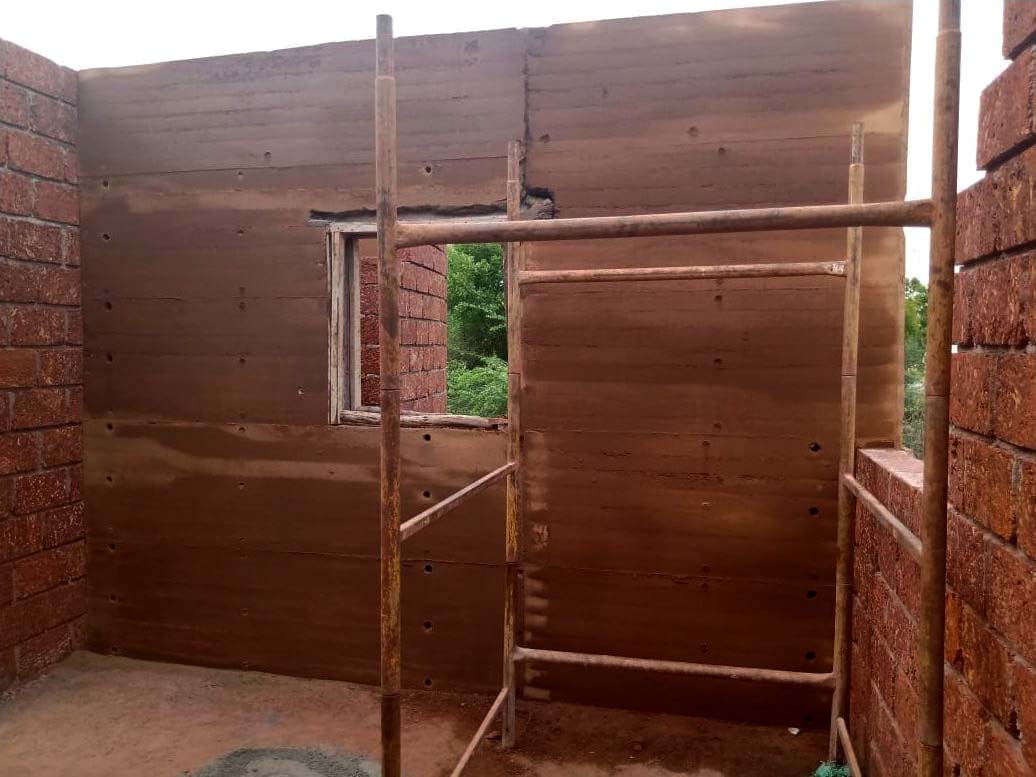Environmental benefits of earth construction for Social Housing in rural South India: Proposal to calculate embodied carbon of earth materials
[Thesis developed in collaboration with USD Ltd.]
With global warming and climate change, two of the most intriguing problems in the built environment are intensively studied to identify the root cause. Firstly, the emissions from the construction (embodied) and usage (operational) of the building asset. Secondly, in a developing country, like India, with an ever-growing population, the housing demands continue to increase, resulting in a shortage of housing, especially in rural areas. The estimated increase in building stock to cater to the demand and the energy-intensive construction sector with high emissions will add to the existing carbon problem. A common solution to these problems is proposed – social housing using local low-carbon earth construction, in particular rammed earth. In order to reduce the growing energy consumption and carbon emissions in the built environment, this thesis focused on decarbonising the sector by designing the building to have a lower environmental impact and exploit less fossil fuel.
Keywords: rammed earth, embodied carbon, rural India












